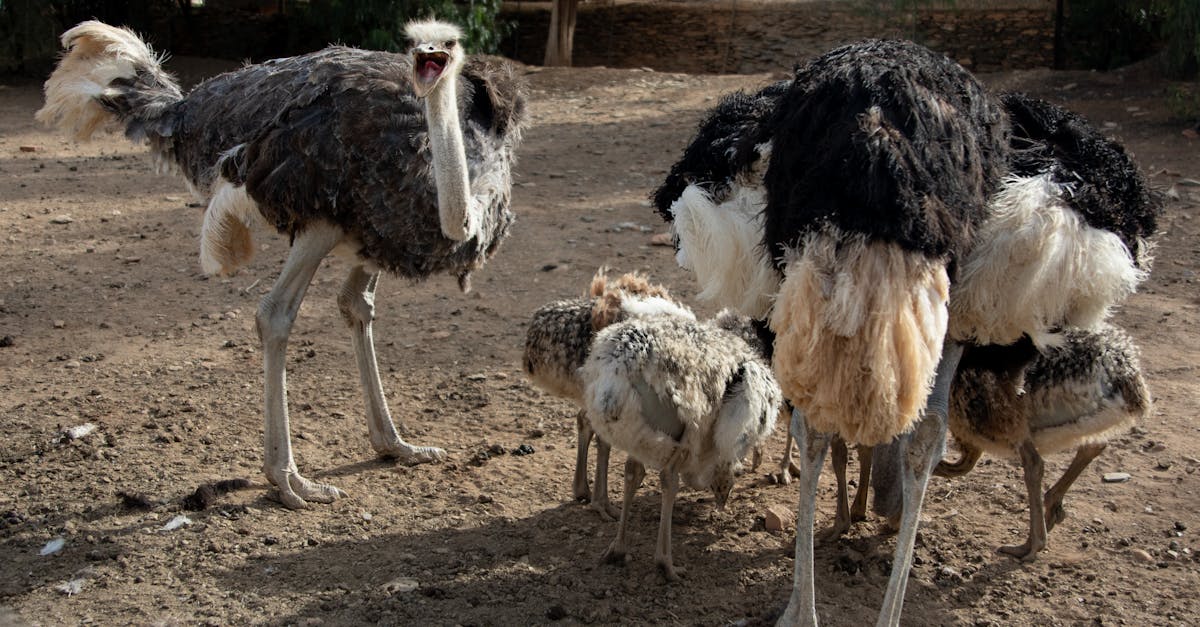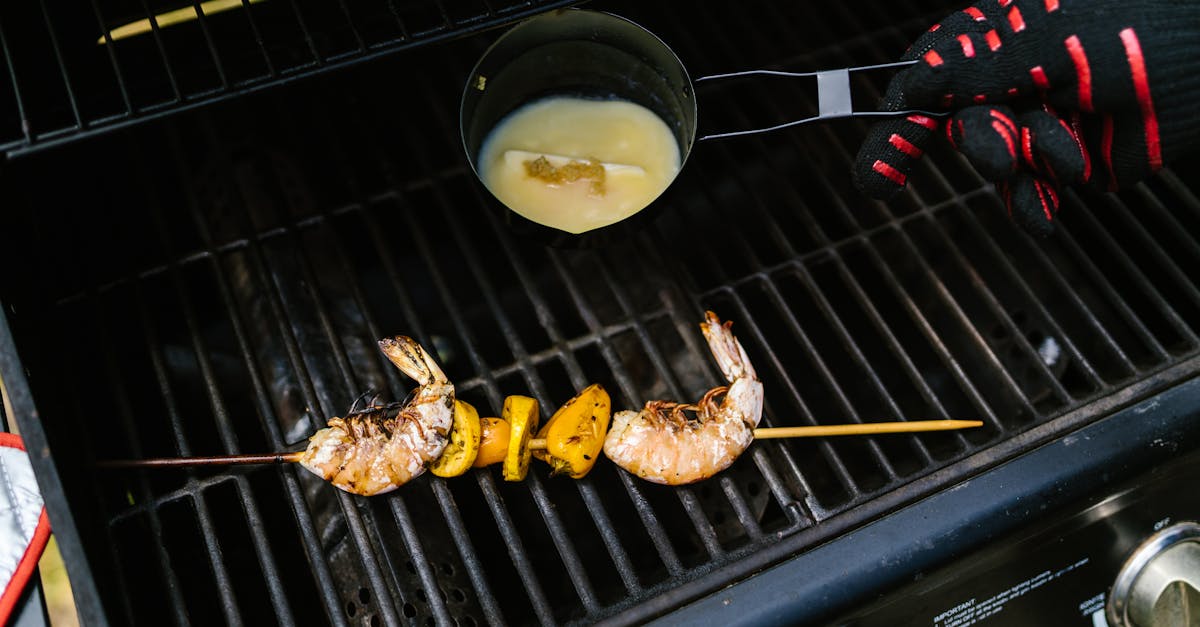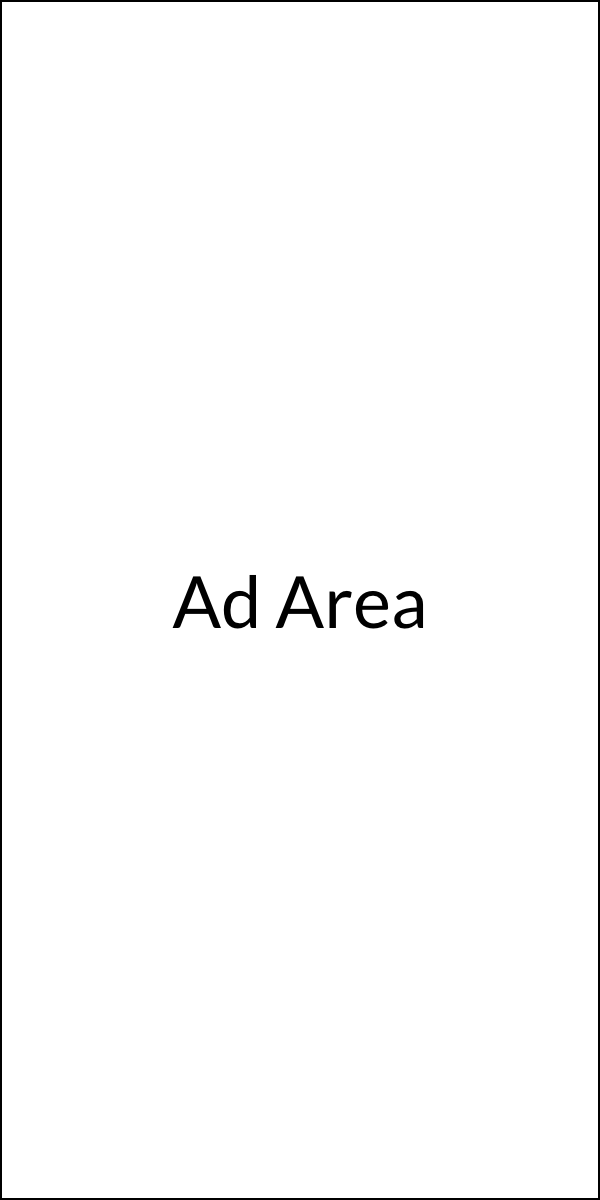
How to find the limiting reagent in an equation?
Now that you have the equation and know the input variables, you need to determine what the limiting reagent is. A reagent is a chemical that is important to the reaction process and whose concentration determines whether or not the reaction will take place. If the reaction does not occur, the limiting reagent is the cause.
If the reaction does occur, it is not the limiting reagent. If the conversion is not complete, the limiting reagent is the reagent that has the highest concentration. If If you are solving a reaction, the limiting reagent is the one that will be present in the environment of the reaction at the end of the process at the most.
This means that the concentration of the limiting reagent, which is called the stoichiometric coefficient, will determine the efficiency of the reaction. The limiting reagent is the one whose output is greatest.
To find the limiting reagent, you will need to compare all of the products and inputs. The products will be on the right hand side of the equation and the inputs will be on the left hand side. If one of the inputs has a greater output value than all of the products, the value of the output of that input will be the limiting reagent because it will have the greatest output.
How to find the limiting reagent in a redox equation?
When solving a redox reaction, it’s important to know the limiting reagent. This is the species that drives the reaction forward. If the relative concentration of a given species is the same in both sides of the equation, it won’t directly affect the reaction rate.
However, if the limiting reagent is present in only one side, it can slow down the reaction. The limiting reagent is the chemical that produces the smallest change in a reaction’s oxidation state. It is involved in the reaction because of its ability to donate or accept electrons.
The limiting reagent is the reagent with the weakest redox potential. In a reaction between an acid and base, the limiting reagent is the base because it donates a proton. In a reaction between two salts, the limiting reagent is the salt with the highest concentration.
A redox equation To find the limiting reagent in a redox reaction, you need to compare the potential difference between the products and reactants. The potential difference between the products and reactants is known as the driving force for the reaction.
The driving force can be obtained by subtracting the sum of the oxidation states of the products from the sum of the oxidation states of the reactants. The driving force is expressed in volts.
A negative value indicates that the products have a higher potential than the reactants, while
How to find the limiting reactant in a chemical equation?
If you have a balanced chemical equation, it is likely that the limiting reactant is the one with the smallest amount of atoms. If there is no obvious answer, you can look at the known reaction products and try to eliminate the more complex ones.
Sometimes, it is helpful to take a break and allow your mind to wander to other things while you work on this problem. If you are having trouble solving a reaction, try doing something fun or relaxing to help you get your brain off the problem for If you need to determine the limiting reactant in an equation, you can use the chemical equation balance.
The chemical equation balance is a tool that can help you balance an equation and determine the relative amounts of each chemical in the reaction. The chemical equation balance can also help you determine the limiting reactant in an equation.
The chemical equation balance is simply a tool that consists of three columns (reactants, products, and products of reaction). To use the chemical equation balance, you need to put the The chemical equation balance is a tool that consists of three columns (reactants, products, and products of reaction).
To use the chemical equation balance, you need to put the initial reactants in the left column, the products of the reaction in the middle column, and the products in the right column. Now, you can use the chemical equation balance to determine the limiting reactant.
To do this, you set up your chemical equation balance so that the sum of the products equals the sum of the
How to find the limiting reagent in a reaction?
A limiting reagent is the chemical species in a reaction that limits the rate of the reaction. To find the limiting reagent, isolate the variables. Isolate the reaction terms by factoring them out of the equation, and solve for the remaining variable. In this example, the reaction rate is dependent on the solution of potassium hydroxide.
The potassium hydroxide is a limiting reagent because it is the only reagent that is being added. One of the ways to find the limiting reagent in an equation is to use the example (or example set) of a balanced reaction.
Try to find a combination of an acid, base, and salt that would allow you to react the two sides of the equation. If the reaction is successful, you know the acid is the limiting reagent. If you have two substances that react with one another in the presence of water, the reaction is considered spontaneous.
If you add just one of the substances, the reaction will not occur. In this example, the potassium hydroxide is the limiting reagent because the potassium hydroxide is the only species added. The reaction is spontaneous in the presence of water because the addition of water allows the reaction to occur.
Try to find a chemical reaction you know is spontaneous and then find the limiting reagent
How to find the limiting reagent in a balanced equation?
If you have a balanced equation, make sure you write each reactant and product on separate lines. You can use the arrow keys to move between the different entries. If you have more than one arrow pointing toward a reaction, that means the reaction is balanced.
If you have an arrow pointing toward each of the sides of the equation, then the reaction is not balanced. You need to add more of one of the reactants or remove one of the products to balance the equation. A balanced chemical equation contains an equal number of atoms of each element on both sides of the equation.
Therefore, the sum of the atoms on both sides of the equation must equal the total number of atoms in the reaction. If you add up the atoms on each side of the equation, you may notice an uneven number. This means that one of the sides is missing at least one atom. The missing element is the limiting reagent.
The most common way to find the limiting reagent is to compare A limiting reagent is the reactant that is in the smallest amount. If you have an uneven number of atoms on each side of the equation, you will need to add the missing atoms to one side. Once you have added the missing atoms, recalculate the sum of the atoms on each side of the equation.
If the sum of the atoms on one side of the equation is greater than the sum of the atoms on the other side, the missing atoms were on the side with the least






